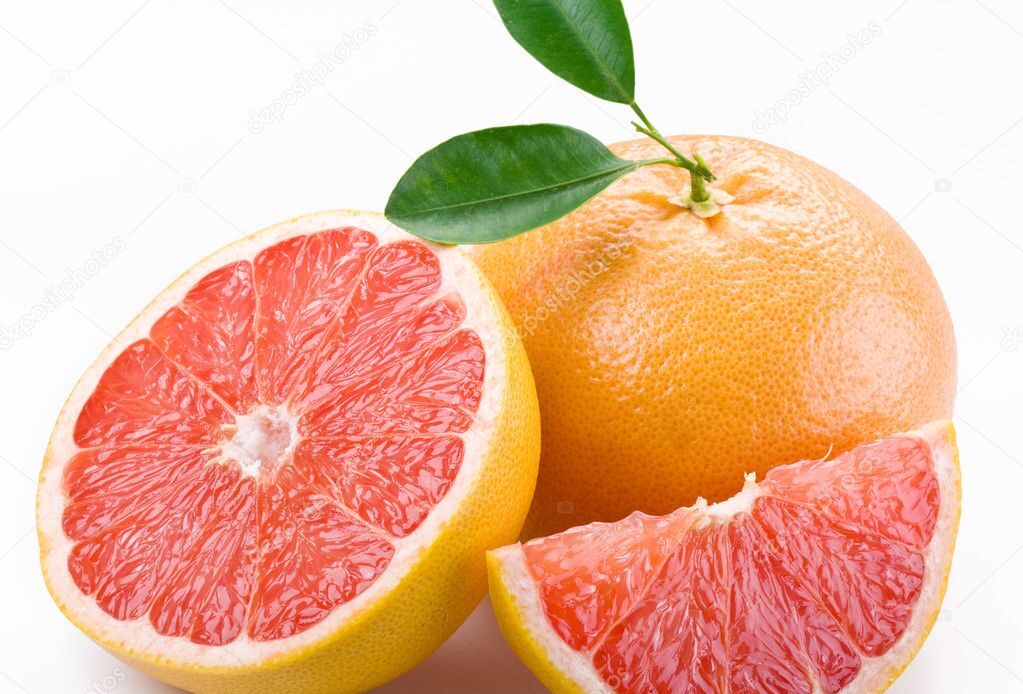
ANALYSIS OF A FRUIT THAT IS A POWERFUL HELP FOR THE COLD SEASON, BUT ALSO HIDES DANGERS FOR THOSE TAKING DRUGS
Grapefruit is a citrus fruit with a pleasantly sour taste that quenches thirst and can be consumed every day. Yellow or pink, it is a concentrate of vitamins and minerals and is a powerful ally in the cold season, but there are buts to remember, it is for many and not for everyone
The grapefruit tree belongs to the Rutaceae family; it is native to China but is grown all over the world. This fruit boasts a place of honor in the list of best foods, thanks to its load of vitamins and minerals, especially potassium. It is also equipped with numerous antioxidant substances, such as flavonoids and carotenoids, with anticancer and anti-aging action, and citric acid, which stimulates the production of digestive enzymes, without making the stomach acidic.
Some studies have shown that consuming a grapefruit or two a day, it lowers cholesterol levels by 10%, and reduce the risk of heart disease by 20%.
Grapefruit is therefore a mine of antioxidants: lycopene, naringenin and limonene, powerful scavengers of free radicals and endowed with anticancer properties. Consuming this citrus fruit, a source of vitamin C (40 mg per 100 g), also stimulates the immune system and fights viruses and bacteria while preserving the intestinal flora.
The bitter principle naringin of grapefruit interacts with a protein localized at the level of cardiac mitochondria, with protective effects on heart activity
According to a study conducted by Israeli researchers and published a few years ago in the Journal of Agricultural and Food Chemistry, regular consumption of grapefruit (especially the pink one) helps reduce the percentage of “bad” cholesterol (LDL).
Grapefruit also has the ability to lower insulin levels, reducing the sense of hunger and regulating blood sugar control. That’s why it’s excellent as a starter fruit. Furthermore, this fruit provides good quantities of iodine and chromium, minerals capable of stimulating the metabolism of sugars and fats, burning more calories. This citrus fruit also contains phenylalanine, an amino acid that increases the synthesis of adrenaline and inhibits the enzyme tyrosine hydroxylase, improving the feeling of satiety. Recent studies also show that even the aroma released by freshly peeled grapefruit has a satiating effect.
To make the most of the properties of grapefruit, especially in this season, fresh fruit is recommended. Like all citrus fruits, this too is more digestible in the morning: therefore it is excellent for breakfast
The yellow variety is the most common grapefruit variety. Inside it has fleshy wedges of a transparent yellow colour, rather acidic. It’s packed with vitamin C, so it’s best for boosting immunity and protecting against colds and flu. Excellent in the form of juice, to drink every day in the morning as a natural vaccine.
The pink one has more lycopene and is more diuretic. It is a hybrid, derived from the fusion of traditional grapefruit with orange. It is a little sweeter than the yellow one and contains less vitamin C. However, the pink variety has more lycopene and anthocyanins (antioxidants that protect circulation and prevent tumors) and have a more pronounced diuretic effect. It is also used to prepare desserts.
But be careful, numerous studies show that grapefruit is able to significantly increase the bioavailability of various medicines, through a mechanism of inhibition of the activity of some enzymes (so-called CYP3A) which are responsible for the metabolization of drugs in the liver. These include statin-based drugs to lower cholesterol, some sedatives, calcium channel blockers, used to treat high blood pressure, many drugs used in chemotherapy and some antibiotics. The slow metabolization of these drugs caused by grapefruit would lead to an extremely dangerous accumulation with significant side effects.
So if you take these drugs be careful and consume grapefruit at a distance from taking these drugs
